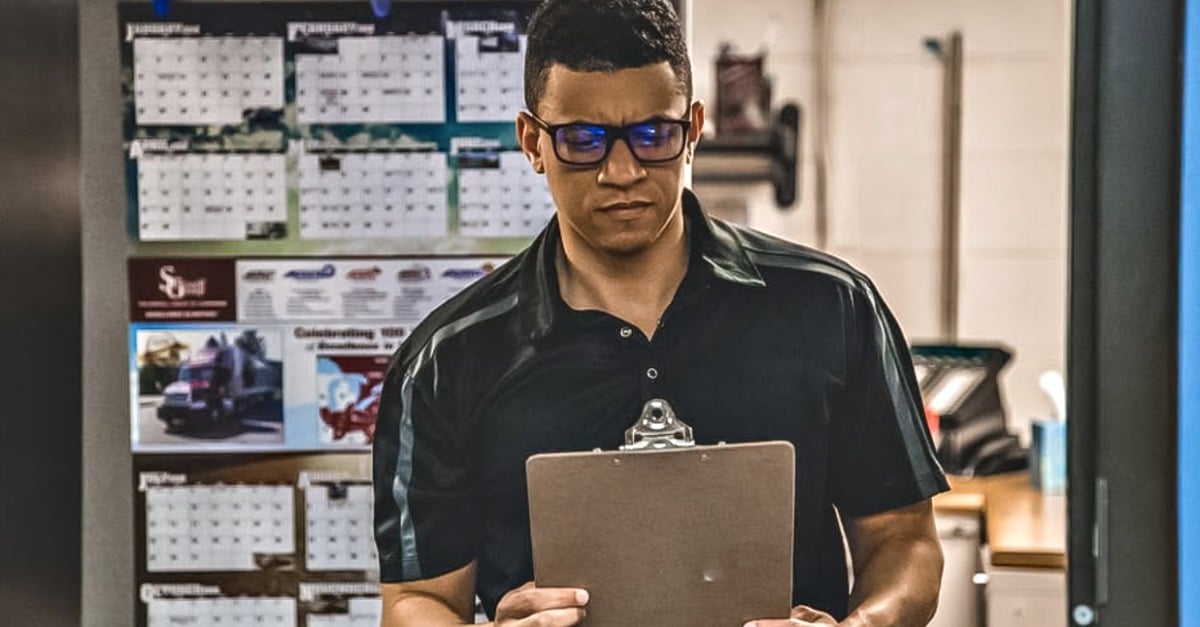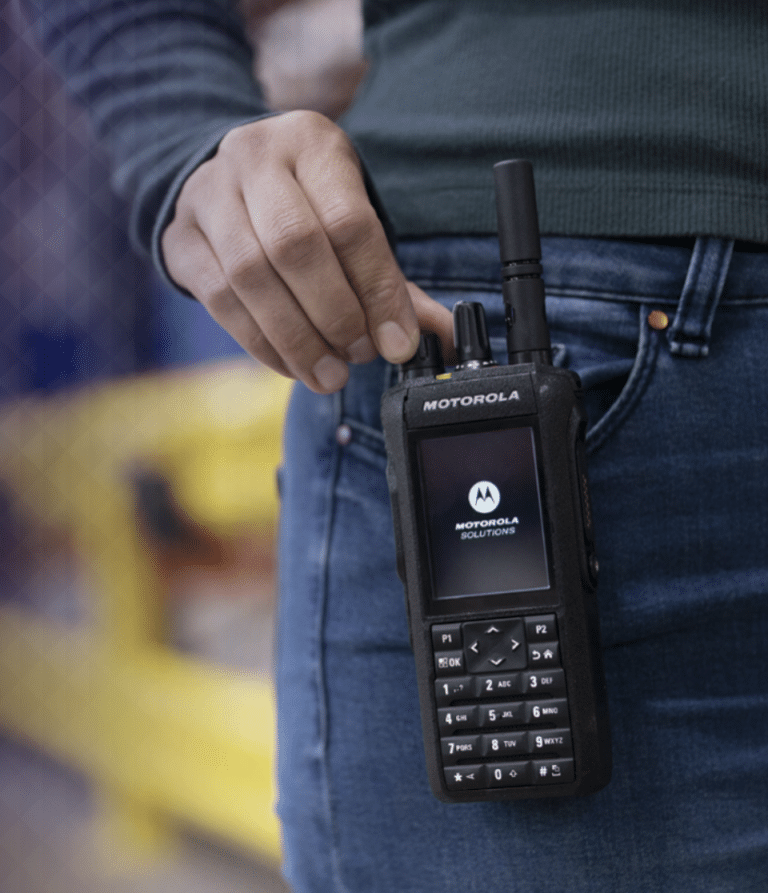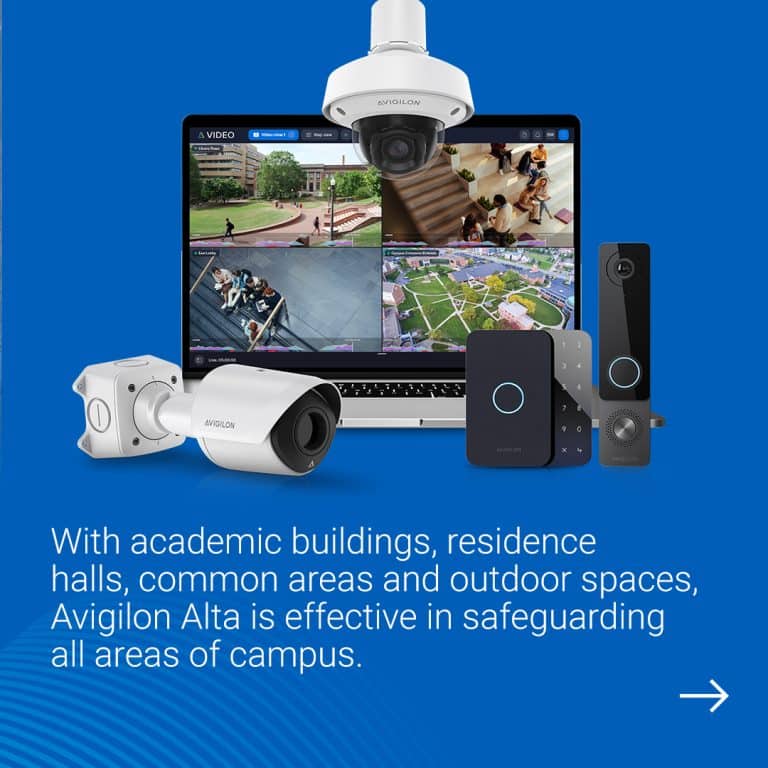May is Building Safety Month around the world and there’s more on the minds of business owners, facility managers and workers than ever before. If you haven’t already, take some time to step back and think about whether you’re doing enough for your business and the people you depend on. Here are four priorities to consider based on what we’re seeing and hearing in the field.
1. Make a Plan, Not Just a Purchase.
Safety is a broad topic that’s only getting more complex in rapidly changing work environments. Covering all your bases can be a scramble that turns into a waste of time if you don’t plan first. “It’s always better to be proactive rather than reactive,” says Mike Markham, Commenco’s Director of Technology Solutions. “Careful planning should be a priority before a technology purchase, especially in a difficult economy when the efficient use of resources can be critical to survival.”
Surveillance cameras are a good example. Did you purchase a camera or two mainly for the deterrent effect without giving much thought to function? Markham says it’s only a matter of time before you find out the hard way that the presence of cameras alone is not enough to scare off security threats. “It’s the reason for about half of the phone calls we get at Commenco. There’s an incident, your camera didn’t help, and now you want to get serious about surveillance.”
We’ve seen businesses relying on the deterrent effect rack up devastating losses of tens of thousands of dollars or more. “They put a camera on the front door to send a message to intruders but don’t think about the fact that there are a half dozen other ways to get into the building,” says Markham. “They set up the camera and then forget it. Then an incident occurs and they realize they really should have thought things through more and installed a comprehensive system that’s properly designed and positioned with supporting software.”
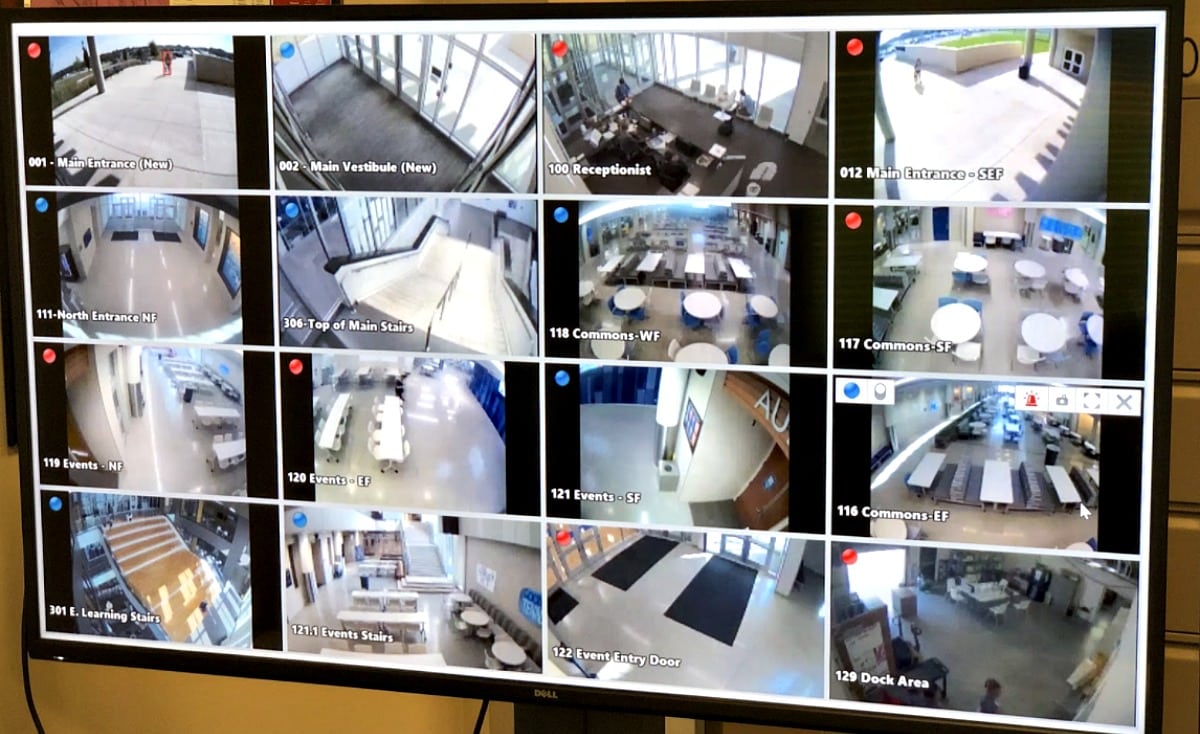
The situation with access control is similar. Dumping traditional door keys for an electronic access control system is a smart step forward, but rushing to install it and not planning for its potential is a step back. Markham says access control can become more of a burden than an advantage if you just slap it together. “Businesses often discover they’ve put access controls on the wrong doors, making day-to-day activity difficult for workers and leaving other key access points vulnerable.”
Even if you have access control planned out and installed properly in all the right places, you need to put your system’s analytics to work to maximize your control. “The real value of access control technology isn’t just restricting access, it’s knowing what’s happening at your facility,” explains Markham. “It’s more than just letting someone in a door. It’s knowing who those people are and when they’re seeking entry. That kind of information can be valuable for security purposes.”
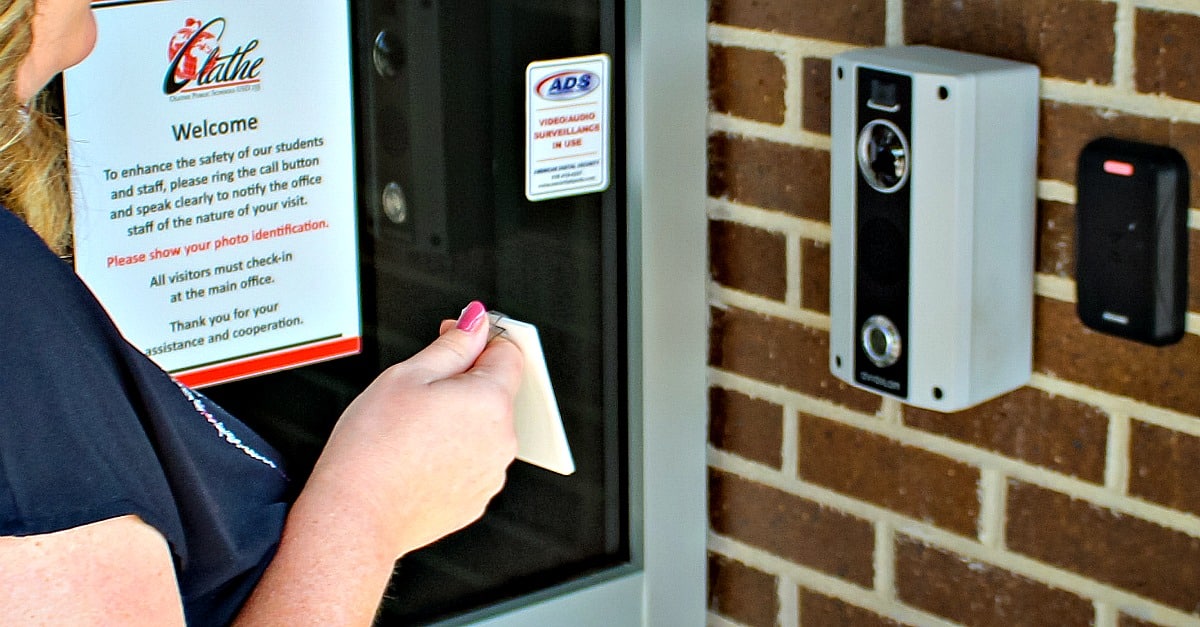
How about your two-way radios? The great thing about two-ways is real-time communication combined with unrivaled reliability. But if you go the cheap route and buy a consumer package without much thought to proper system design, installation and set-up, don’t expect your radios to deliver when it counts.
“All two-way radios are not the same. Not even close. There’s a reason manufacturers make two-ways specifically for commercial purposes and there’s a reason businesses across Kansas City rely on Commenco for guidance. Planning can be substantial, factoring in everything from environmental conditions to the way the radios will be used. If you push to talk and don’t get a signal, your radios are useless and the safety of your employees is at risk.”

2. Don’t Short-Change Your Solutions.
Surveillance cameras, access control systems, and two-way radios can go a long way in helping your people feel safe.
“Spending a little more really opens you up to long-term benefits,” says Markham. “It allows you to grow your systems and add capabilities that match your priorities and directly impact both safety and bottom lines.”
Here’s an add-on that definitely deserves consideration: battery backups. Markham says electronic access control systems in particular can hit you with quite a surprise in a power outage.
“In most cases when an access control system stops working, one of two things happens. All doors on the system either automatically lock or unlock. The system depends on electricity, so if the power goes out, locks default one way or the other. That can present a really big safety problem for all kinds of reasons and it’s completely avoidable with a battery backup. Some regulated industries actually require battery backups.”
3. Consider Taking a Cue from the Pandemic.
The rise of infectious disease concerns is bringing big changes to surveillance capabilities. Camera software is being fine-tuned to watch for the appearance of face masks and measure social distancing to ensure safety in group environments. And thermal technology that’s existed for some time is now being mainstreamed to gauge foreheads for fevers and trigger alerts.
“There’s a lot of intense software development going on right now to bring all of this to the market in the right way,” says Markham. “Even if a camera has these capabilities, developers still have to build applications around it. There’s substantial work being done and being done quickly.”
Commenco already has thermal cameras speeding down the pipeline and Markham says he’s fielding calls from businesses working with large volumes of people. “This is going to become the new normal for many businesses as a result of the pandemic. You don’t want someone with a 103 temperature coming into your building. Companies will have people actively managing this threat and developing tight processes for dealing with it in real-time.”

Sending the Right Message is Good for Business.
Many businesses are already worried about overcoming the pandemic fear that’s following employees into the workplace. Strengthening safety by including the right communications technology is something more and more workers are demanding. They’re gravitating to employers that send the right message about safety and demonstrate a strong commitment.
Keep in mind that safety was a rising priority even before the pandemic. The workplace violence trend had employers beefing up security to keep employees comfortable with coming to work. That challenge will only intensify.
Checking for cameras, looking for electronic door locks and investigating how a business defends against infections will become a way of life for workers weighing employment options. And B2B relationships will depend on businesses being able to prove they can be trusted to not disrupt supply chains. Markham says any way you look at it, now is the time to get serious about building safety.
“We’re all getting emails these days from businesses reminding us that they’re doing all they can to keep customers, employees and partners safe. But now those words need to be backed up by strong, specific measures that instill confidence. Promises just won’t be good enough.”
Contact Commenco to learn more about building safety and how we can give your business peace of mind >>


